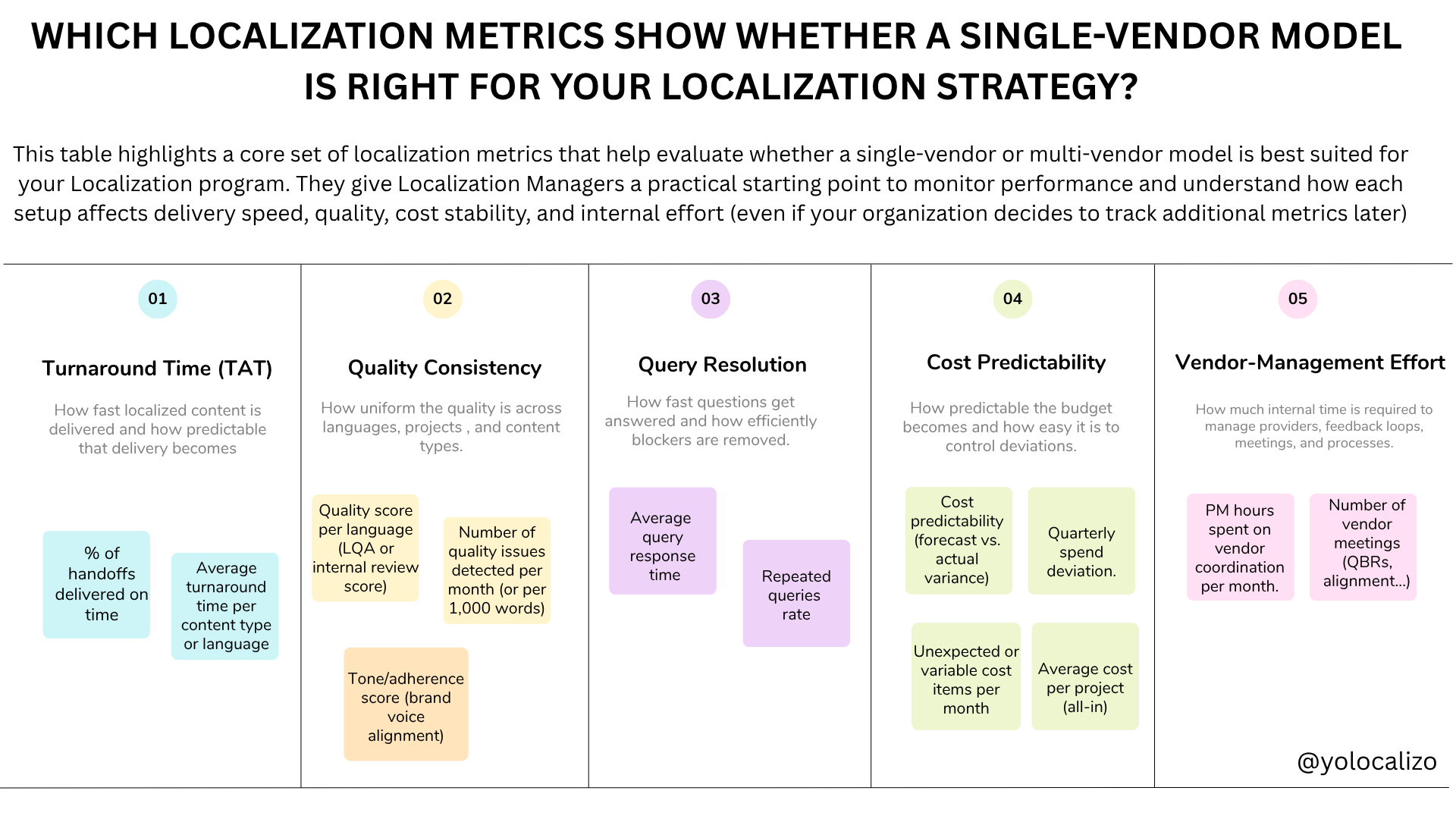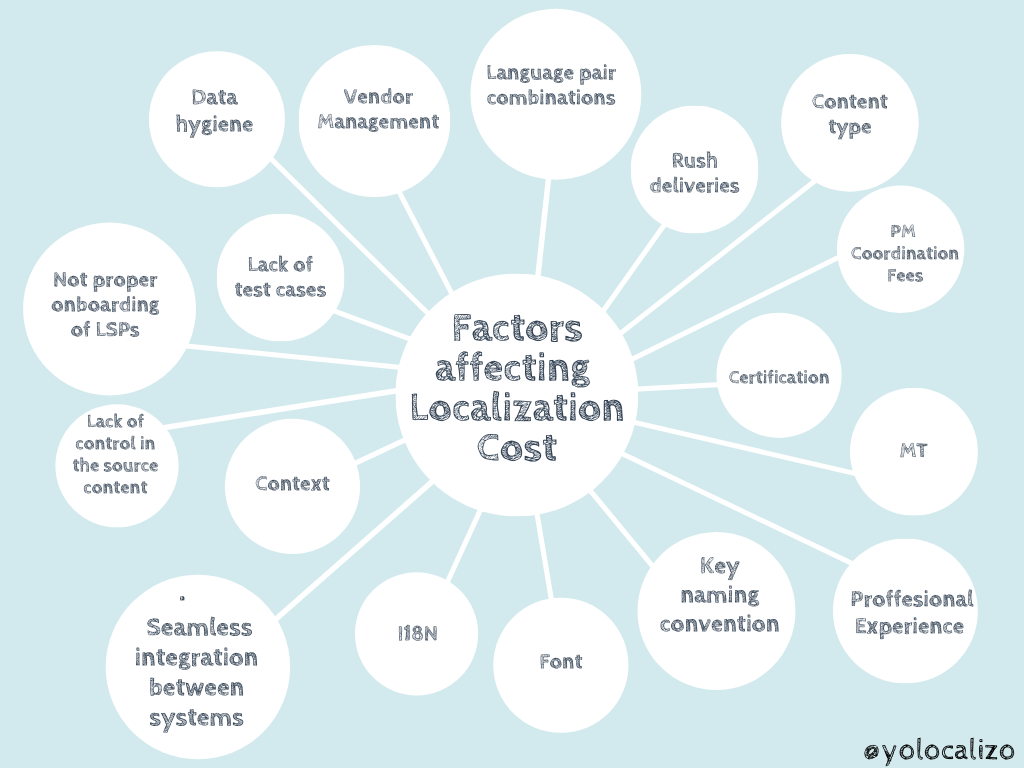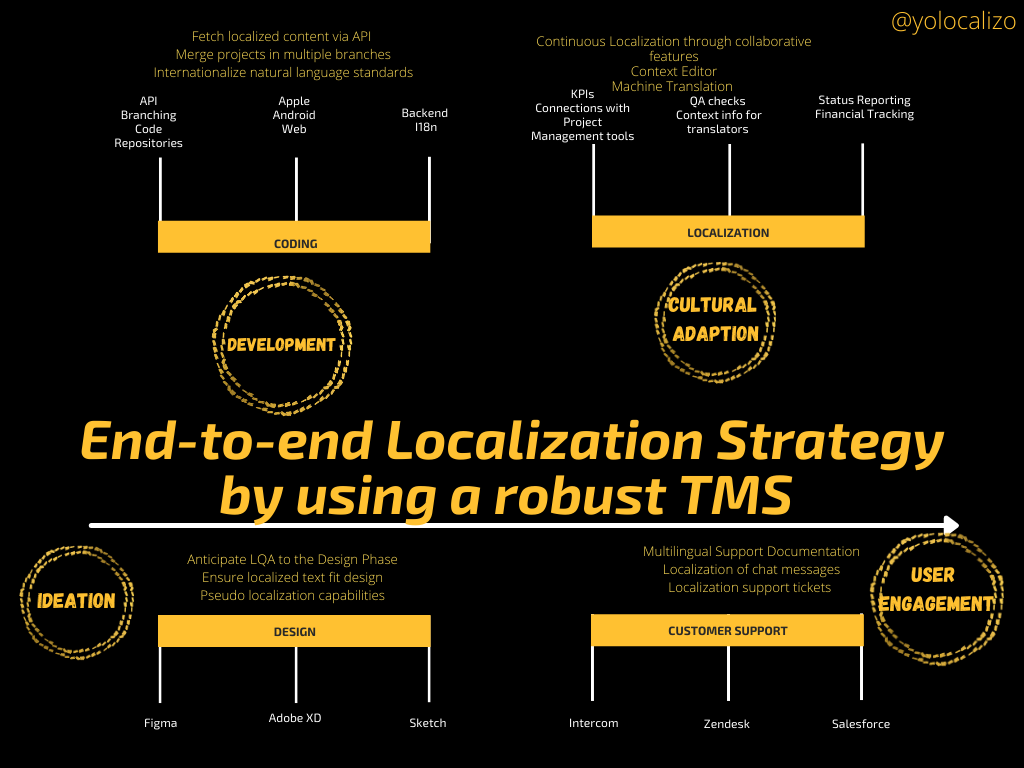Have you ever stopped to think that maybe nobody owns the language strategy in your company?
2018 May London.
In Wardour Street, I find myself in the Soho area having a beer with a group of work colleagues.
I had been in meetings all day, and now in a more relaxed atmosphere, we talk about superficial topics. I remember perfectly two topics of our conversation.
One it was the imminent final of the Champions League between Liverpool and Real Madrid. For me being a fan as I am of soccer and Real Madrid, it was quite an attractive situation to be in the UK talking about soccer in an English pub, discussing who was in better shape, and trying to guess who would be the champion of Europe ☺️
The other was a question that somehow changed my perspective on one of the critical aspects that govern our localization world.
The question was, why did we localize this game in x languages and this one in xx languages?
I was not able to give a good explanation.
I remember stammering that it was a legacy decision, something that the marketing team was looking at, etc., but the truth is that this question left me thinking. Even at Heathrow, the following day, while waiting to board the plane to return to Spain, I kept thinking about that question...
Why did we localize this game in this language and not in this one?
And by asking myself that question repeatedly in the following days, I concluded something that even Tony Robbins himself would be proud of me.
Energy flows where attention goes.
My attention turned to looking for an answer to that question; my attention turned to understanding what constitutes an appropriate language strategy. And it was at that moment that I had an a-ha moment.
In our industry, quite often, nobody owns the language strategy.
Sometimes it's marketing, sometimes it's the product owner, sometimes it's the leadership team... but the reality is that there's a simple question very few companies/localization professionals can confidently answer: "Who owns our language strategy?"
And the answer should be, the Localization/Globalization team owns the language strategy!
There are very few teams, or individuals, if any, that will have more accurate insights than a localization professional.
A localization professional is generally an expert in culture, diversity, linguistics, supplier relations, rates/contract negotiations, technology, cross-cultural people management, and quality. For this reason, a Localization/Globalization team is in an excellent position to be the owner of the language strategy.
Language strategy benefits
The benefits of having a language strategy are clear and diverse.
Not all markets offer the same potential growth, so having a clear strategy to identify growing markets is fundamental.
Your Localization budget will not be infinite, so knowing where you will focus and the criteria to choose them is essential.
Not all the products you offer should have the same language coverage; understanding local preferences and mapping them with your language strategy is an excellent best practice to embrace.
Better engagement and a more productive relationship with your LSP.
If you know the markets you are targeting and why it puts you in a better position to look for local partners to help you achieve better local engagement with your future users.
Better Budget planning.
If you know the markets, you will focus on and established a better engagement with your LSP. You are definitely in an excellent place to create your globalization Budget.
I hope that at this point in this post, I have managed to convince you that the Globalization team should coordinate the language strategy and that the benefits of such a strategy are clear to you.
Now it's time to move on to how to create such a strategy
Identify your audience/key markets
There is no one-size-fits-all in a language strategy.
If you want to engage with a global audience, you need to take a customized approach, especially when a business wishes to appeal to a diverse global audience.
You can't expand without understanding the market you're about to enter, and for that reason, it is fundamental to consider these 7 variables when starting your market research to create your language strategy
The wealth of the country
There are languages with vast numbers of speakers, but maybe those potential players cannot afford to buy your software or become a subscriber of your app. A subscription to access your services with a cost of 5.99$ might be considered quite affordable in some countries, while in other markets is considered quite expensive!
Tech infrastructure in that market
Digital services might be pretty heavy-consuming resources, do your potential users have the required infrastructure to make the most of it? In the case of mobile apps, how are the network and mobile devices in that particular country?
How good is the English level?
The level of English is very high in some countries. Therefore some users will feel quite comfortable using the English version of your software. A localization budget is not infinite. Consequently, it might be wise to focus first on those markets where the level is not that high. At a high level, we can use the English Proficiency Index as a rough guideline to get an understanding of the level of English around the world.
Check online activity for long-tail languages.
You may have heard in the past the concept of long-tail languages. It refers to the reality that a small number of languages are given disproportionate attention, leaving others underrepresented as companies translate and localize their offerings.
Google's marketing team provides us with tools that can help us to analyze data for your markets to identify those languages
How much is the localization cost of that language?
Some languages are more expensive to translate than others. For example, the cost per word of languages such as Swedish, Japanese, or Norwegian is more costly than translating into Spanish, Italian, or Portuguese. For this reason, the cost per word is a factor to consider in your language strategy.
Take a look at what your competitors are doing.
Looking at what your competitors are doing is not always the best option to define your strategy. Still, sometimes it is helpful to look at the markets they are operating in and try to understand the rationale they might have used behind choosing or not choosing to enter a specific market.
Internationalization complexity
Some languages are more complicated to internationalize than others. Either because they are bidi languages (Arabic, Hebrew, Urdu) that require a total adaptation of their RTL user interface or need custom fonts for proper display, such as Japanese, Korean, or Vietnamese, to name a few examples. And these difficulties are something that you should consider when deciding if you want to enter a particular market as it may have an associated cost (e.g., implementation time, testing time, cost of acquiring a new font).
Conclusion
Why do we translate into some languages and not others, and who decides this, it is a question for which we must have a ready answer.
Looking back now, I don't know why it has taken me so many years to realize this.
It seems so obvious now, but for an unknown reason, this idea didn't take root in my head until that evening in a pub over a London's Pride beer.
At that moment, I realized that I needed to reflect on why we were translating for specific markets and why we were not localizing for others.
Thank you for reading this article, and I hope this post has been helpful to you so that it won't take you so many years to have an answer to those questions ☺️
Have a great week!
@yolocalizo













This feels like a pivotal moment. Localization teams are being asked to support more markets, move faster, use AI responsibly, and show impact, not just output. Expectations are higher than ever, but many teams are still trained mainly for execution. We are strong at delivering localization work, yet we often struggle to move from output to outcome and to clearly explain the impact of what we do.